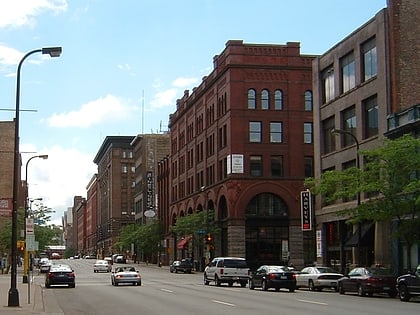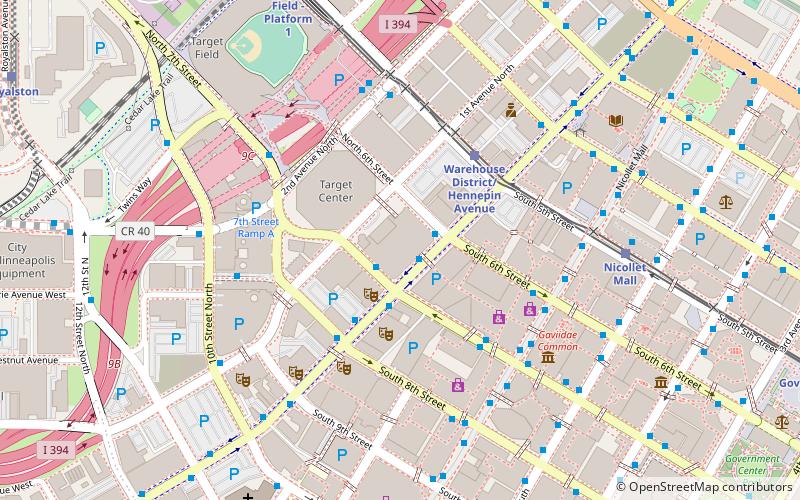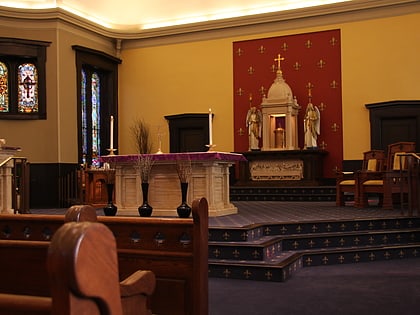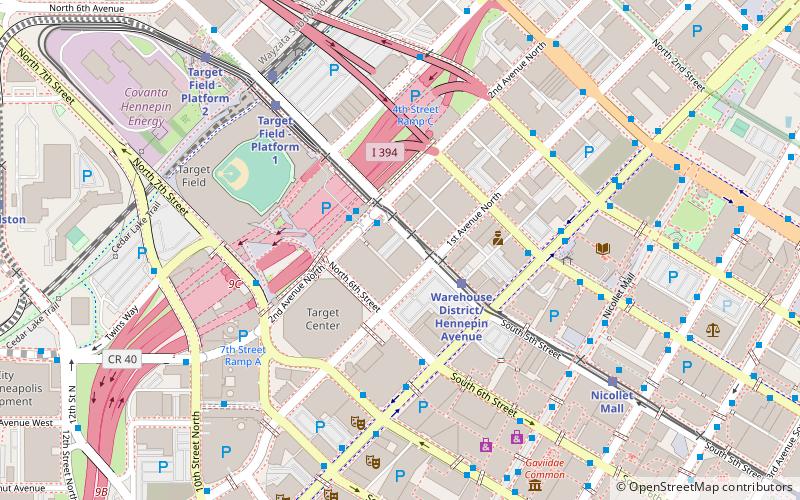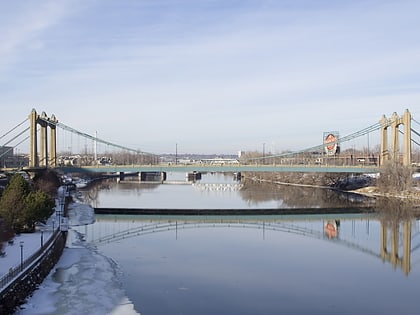Plymouth Avenue Bridge, Minneapolis
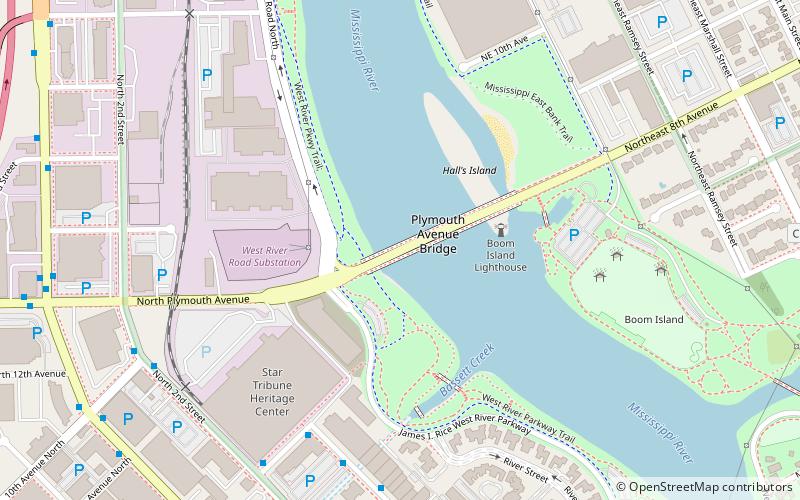

Facts and practical information
The Plymouth Avenue Bridge is a segmental bridge that spans the Mississippi River in Minneapolis. It was built in 1983 and was designed by Van Doren-Hazard-Stallings. The construction of this bridge was unique, for it was the first segmental concrete girder bridge built in Minnesota. This method of design uses a "form traveler" that shapes the concrete as it is built out from the piers. This avoided the use of falsework and avoided impeding river traffic. The concrete is also engineered to be salt-resistant by the use of post-tensioning. Tubes run through the concrete structure carrying strands of cable. With tension on the cables, the structure is designed to be under compression. This prevents cracks and hinders the intrusion of salt water. Since then, other bridges in Minnesota have used this construction method, including the I-35W Saint Anthony Falls Bridge in Minneapolis, the Wabasha Street Bridge in downtown St. Paul, and the Wakota Bridge in South St. Paul. ()
Near North (Warehouse District)Minneapolis
Plymouth Avenue Bridge – popular in the area (distance from the attraction)
Nearby attractions include: First Avenue, Target Field, Target Center, Mayo Clinic Square.
Frequently Asked Questions (FAQ)
Which popular attractions are close to Plymouth Avenue Bridge?
How to get to Plymouth Avenue Bridge by public transport?
Bus
- Washington Av N • Lines: 3, 3A, 3B, 3K (16 min walk)
- 4 St Garage • Lines: 3, 3A, 3B, 3K (17 min walk)
Train
- Target Field (18 min walk)
Light rail
- Target Field • Lines: 901, 902 (18 min walk)
- Warehouse District/Hennepin Avenue • Lines: 901, 902 (23 min walk)





